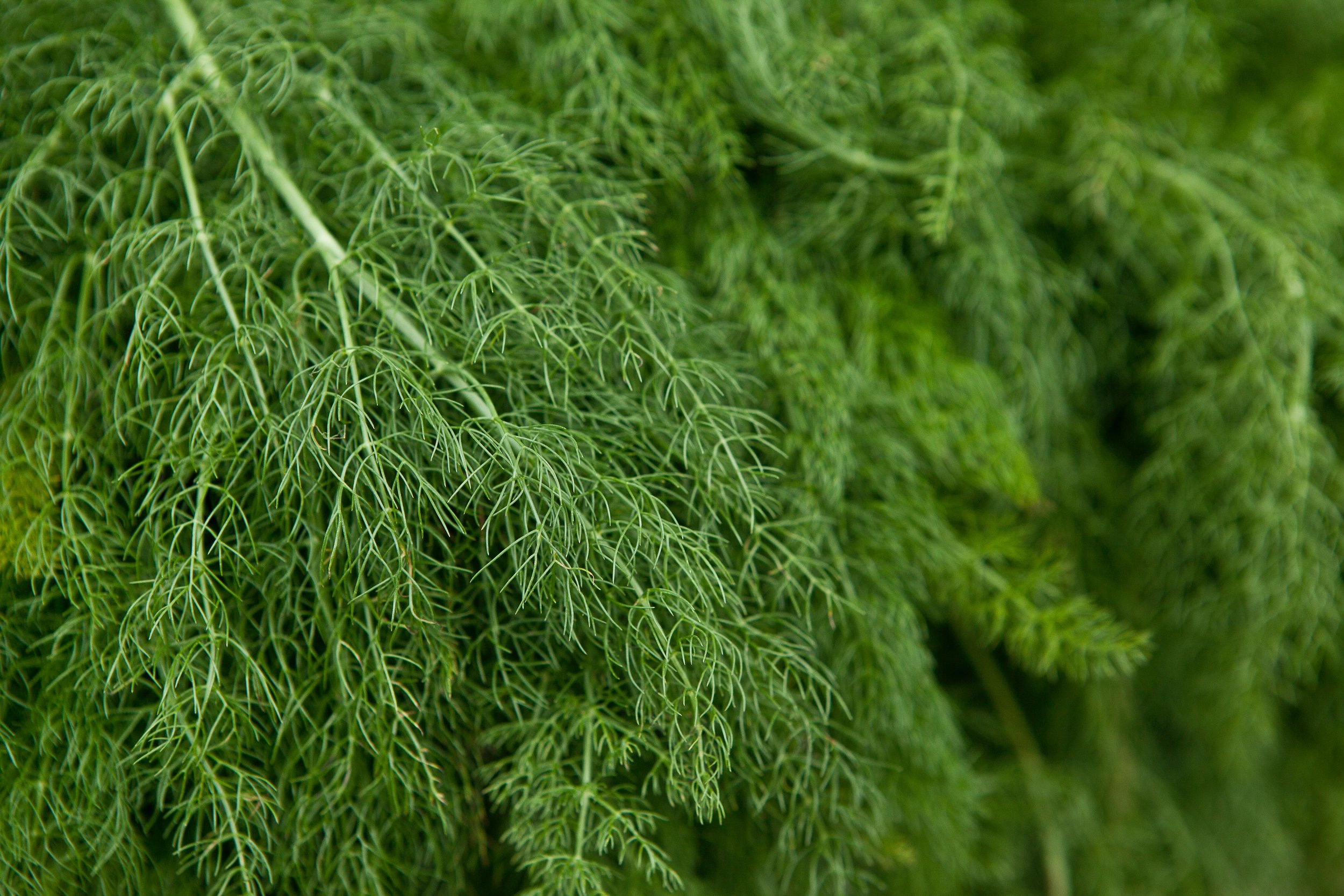
Dill
Dill (Anethum graveolens) is an herb that is widely used in a variety of cuisines around the world. The history of dill can be traced back to ancient civilizations, where it was used for both culinary and medicinal purposes.
In ancient Egypt, dill was used as a spice and also in the embalming process. The ancient Greeks and Romans also used dill in their cooking and as a medicine. In ancient China, dill was used to treat a variety of ailments such as indigestion and respiratory problems.
During the Middle Ages, dill was highly valued and considered a luxury item. It was used in the cooking of the wealthy and was also used in perfumes and incense. The herb was so valuable that it was said to be worth more than gold. Dill was also considered to have medicinal properties and was used to treat a variety of ailments such as colds, flu, and indigestion.
Dill is native to Eastern Europe and Western Asia, but it has been naturalized in other regions like the Mediterranean and North America. Today it's widely used in a variety of cuisines around the world, including European, Mediterranean, and Scandinavian cuisines.
In addition to its culinary uses, dill has a long history of use in traditional medicine. It is believed to have anti-inflammatory, antimicrobial, and antioxidant properties. Dill is high in Vitamin A, Vitamin C, and Vitamin K and it's also rich in minerals such as calcium, potassium, and iron.
Dill is available fresh or dried, but the flavor of fresh leaves is considered to be more potent than dried leaves. It can be used in a variety of dishes such as soups, stews, sauces, pickles, and fish dishes. It's also commonly used to flavor soft cheese, yogurt, and butter. Dill is a popular herb in Scandinavian cuisine, where it is used to flavor gravlax and other fish dishes.
Some popular dishes that go well with dill include:
Fish dishes: Dill is a popular herb for flavoring fish dishes such as salmon, trout, and halibut. It pairs well with the delicate flavor of fish and gives it a fresh and herbaceous taste.
Soups and stews: Dill adds a bright and fresh flavor to soups and stews, particularly those made with fish or vegetables.
Sauces and dips: Dill can be used to add flavor to a variety of sauces and dips such as tartar sauce, yogurt sauce, and ranch dressing.
Pickles: Dill is a popular herb for pickling, particularly cucumbers. It adds a unique, herbaceous flavor to pickles.
Salads: Dill can be used to add flavor to a variety of salads, particularly those made with fish or vegetables.
Potato dishes: Dill adds a fresh flavor to potato dishes such as mashed potatoes, potato salad, and roasted potatoes.
Omelets and frittatas: Dill can be used to add flavor to egg dishes such as omelets and frittatas.
Cheese dishes: Dill can be used to add flavor to a variety of cheese dishes such as cheese sauces, cheese dips, and cheese-stuffed dishes.
Meat dishes: Dill can be used to add flavor to a variety of meat dishes such as chicken, pork, and beef.
Yogurt dishes: Dill can be used to add flavor to yogurt dishes such as yogurt dips, yogurt sauces and yogurt salad dressings
